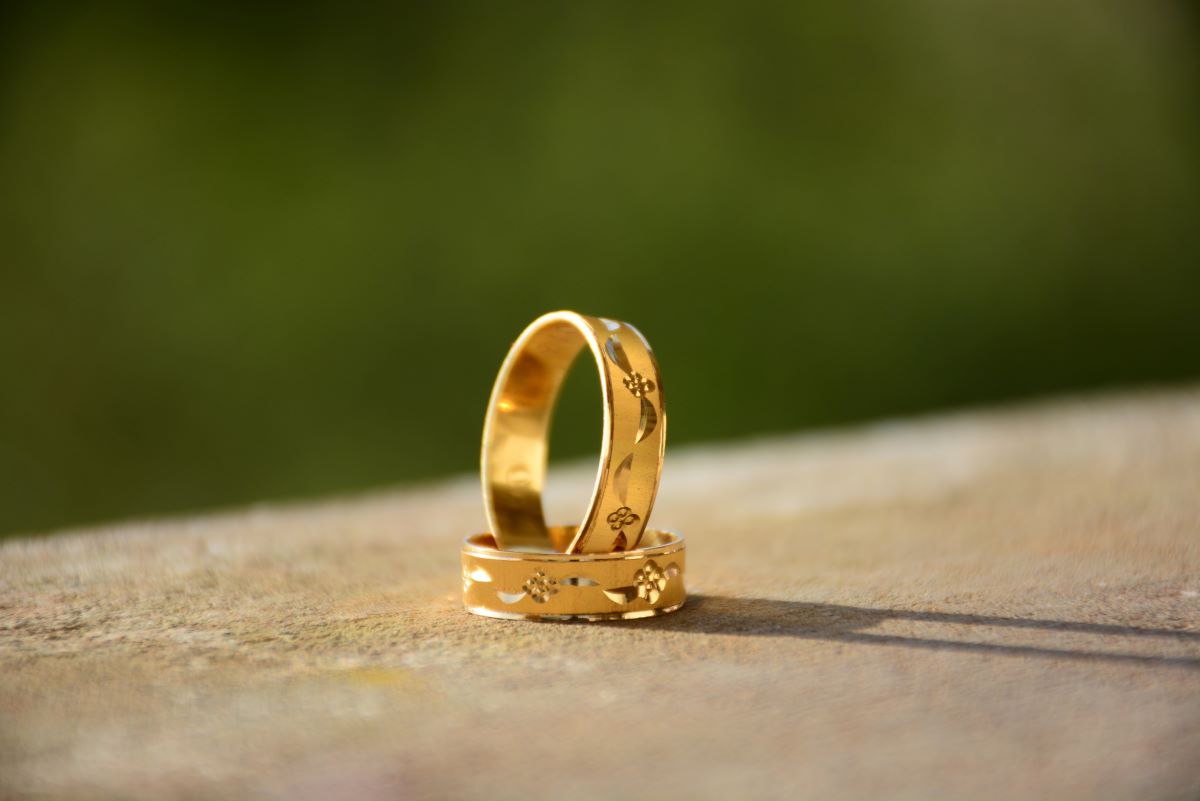Engraving materials can be used as branding. For businesses or individuals making an effort to establish their presence through the production of items that voice out their identity, engraving has become one of the go-to ways of printing on different materials.
There are also businesses focused solely on producing products with engravings, such as name badges, key chains, belts, and other items that can have engravings. Engraving is also considered an art that has numerous techniques and designs available.
The undying popularity of engraving created a space for innovations in engraving materials and machines. The demand for more modern and efficient ways to engrave on various materials appealing increased the quality of engraving itself.
When and where did engraving get its start?
Engraving started as early as the 15th century in the Rhine Valley of Germany and Northern Italy. Based on current data, engraving was first developed by goldsmiths from Germany. They used to engrave their initials and aliases on different items such as jewelry and leather.
The origin of engraving as art was making prints from hot metal plates that contain carvings of the design creators wish to put on the material of their choice.
Engraving today
The immeasurable appeal of engraved designs inspired innovations when it comes to materials and machinery used in engraving. Today, industry players use varying types of methods to print designs on materials and make them last for a long time, which is one of the engraving principles as an art.
Here are some of today’s most commonly used engraving materials:
1. Acrylic
The use of acrylic in engraving can be seen mostly in award plaques and other types of souvenirs. They look modern, sleek, and upscale, making them a good pick for trophy materials. Traditionally, acrylic is transparent. However, technological innovations allowed for the color modification of the material, making it highly customizable based on consumer preference.
They can be engraved through screen printing, pad printing, hot stamping, sandblasting, laser engraving, and rotary engraving.
2. Aluminum
Aluminum as a base material for engraving is an economical option without the hefty price tag. They can be polished to look sleeker, depending on the intended use. The coating is durable and available in various colors, making this material a customizable one.
3. Leather
Leather is a common engraving material because of how usable it is. It can be used in fashion, in accessories, and other types of display. They come in a variety of sizes and shapes and come in different qualities based on price.
Leather can be engraved using laser-engraving machines and hot stamping. The examples of engraving on leather can mostly be spotted in belts and watches, with brands engraving their brand logos, names, and other trademarks on the wearable material itself.
4. Brass-plated steel
The brass-plated steel is considered an alternative to brass. It has a steel base with a coating that makes it look like brass with color enamel. Engraving on this material further enhances its brass-like qualities without the heft costs.

5. Stainless steel
Reliable stainless steel is not only a go-to material for harsh conditions. They can also be used for displays and other less abrasive methods. They are made up of carbon, chromium, and iron. Stainless steel is exceptionally durable, strong, and is resistant to high temperatures. These characteristics make them ideal materials for long-term use.
How innovations are helping the art
Engraving in modern times further establishes the act as art. There is an endless flow of new and efficient ways to engrave and what to engrave on. The art rising to establish an identity through possessions gave way to inventions without compromising the principles of engraving.
As more materials, colors, and ways to design objects through engraving comes out, there are more chances to do a sustainable business to produce goods that involve engraving. The increasing popularity of laser engraving is also making its mark—it makes engraving easier and more attractive to consumers.
However, not all materials that consumers can think to engrave on are not meant for laser engraving. Meaning, they can sustain damages if put under the beam produced by the laser.
The upside is that engraving’s unending popularity will undoubtedly inspire innovators to come up with engraving methods that can print design on any material. It sounds like a far fetched idea, but that is how today’s laser engraving methods looked to its innovators before they worked around it.
